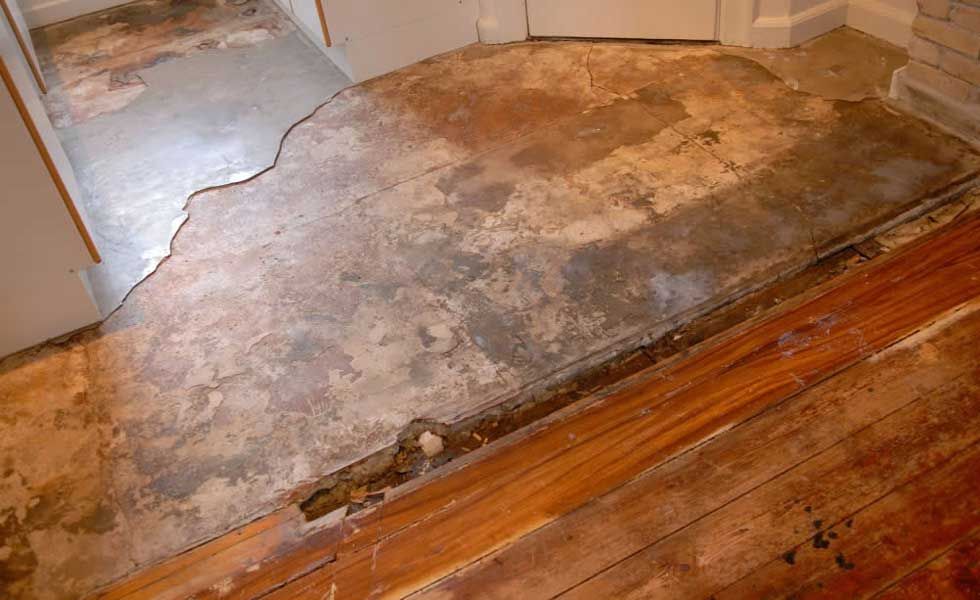Cement Floor Heaving

Then fresh concrete can be placed in the same area and sloped from the high side to the low side thus getting rid of the abrupt change in level.
Cement floor heaving. Foundation upheaval can lift an entire structure but more often it forces parts of a foundation or slab upwards creating cracks and uneven floors if you have seen cracking floors or walls sticking doors and windows and uneven surfaces in your home you could have a foundation heave problem. Heaving foundations and slabs can cause several problems in your home. When the soil heaving really gets invasive is when interior framed walls load bearing and or non load bearing get pushed upwards affecting the main floor framing system. Concrete heaves when water underneath freezes displacing the soil and damaging the slab.
In some cases the repair for the problem may be the removal of the floor and pouring a new slab. Expanding against the foundation and exerting great amounts of pressure on the floors and walls. Pavements driveways sidewalks and floor slabs of unheated buildings are not supported by footings however. Heaving happens when moisture or ice causes underlying soil to significantly expand and lift a foundation or slab upward.
Failure to tie the concrete floor into the foundation wall with steel reinforcement during the initial pour can exacerbate this cracking issue resulting in wide or wider cracks where the. To protect these structures you must eliminate or minimize at least one of the three conditions that lead to frost heave. Smaller heaves can be repaired in other ways. Depending on where you live your home could be built on expansive soil.
What causes heaving concrete in slabs and foundations. Natural causes and weather can lead to concrete heaving up in the middle of a slab leaving behind peaks and valleys. Heaving can cause cracks in the basement floor slab and uneven floors which can make finishing a basement much more difficult. Or make sure soil in the freezing zone is not.
Keep water out of the freezing zone. Left untreated these cracks spread over the surface and make the slabs vulnerable to moisture damage. According to penn state there are 12 different kinds of soils in the state of pennsylvania. There are several ways you can take care of the high points to create a smooth.
The first step is always to determine the cause and implement a solution to the heaving problem. After the cause of heaving has been removed a good way to repair the floor is to cut it along lines about 12 inches on each side of the cracks and remove the resulting 24 inch wide strips of concrete.


















